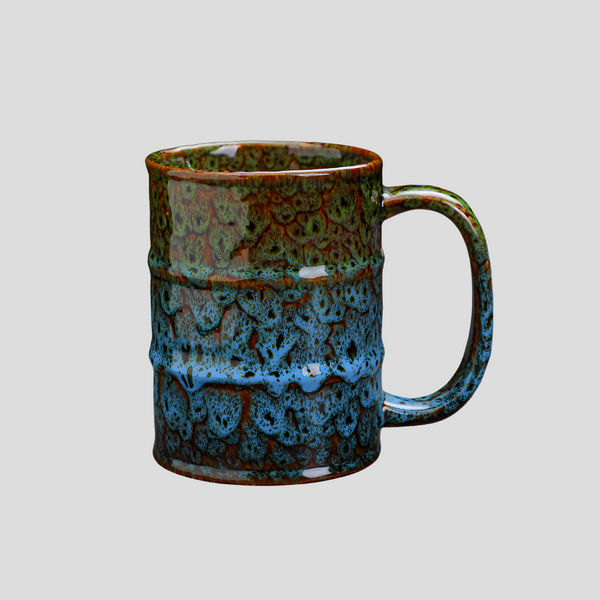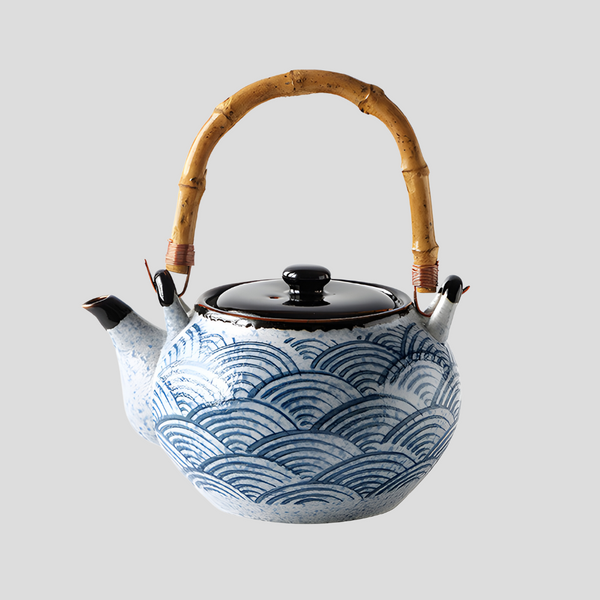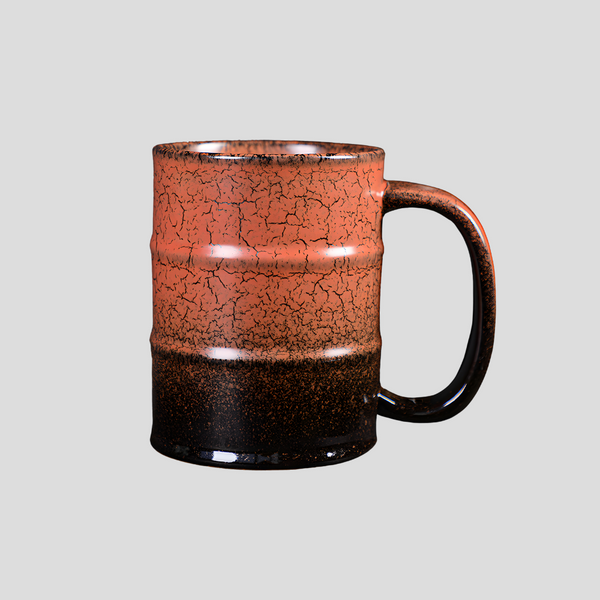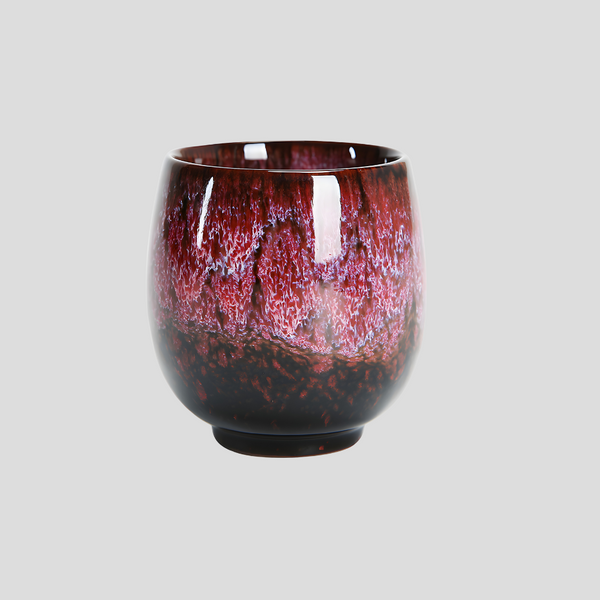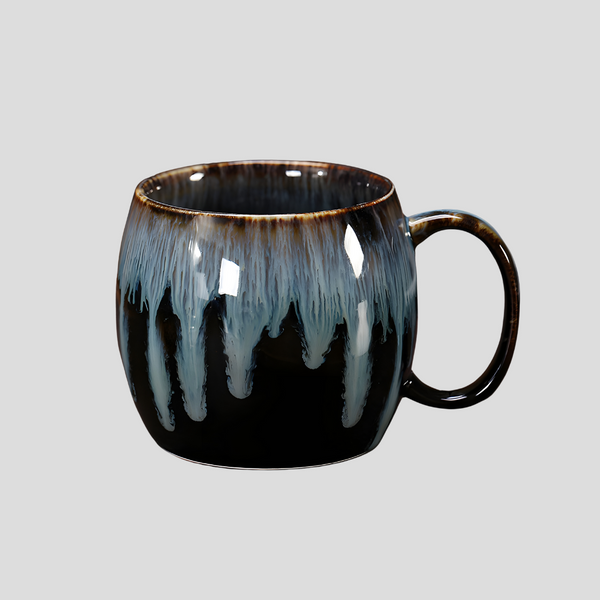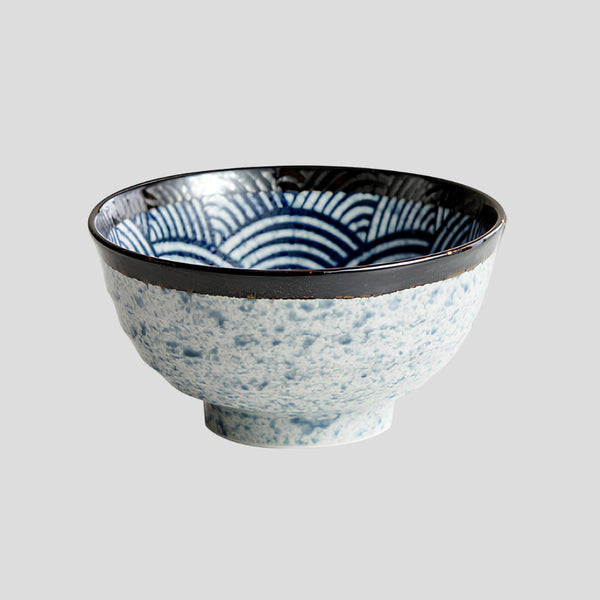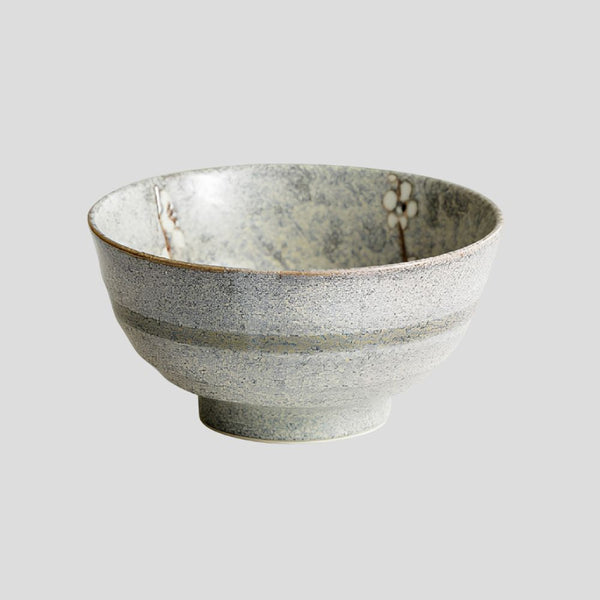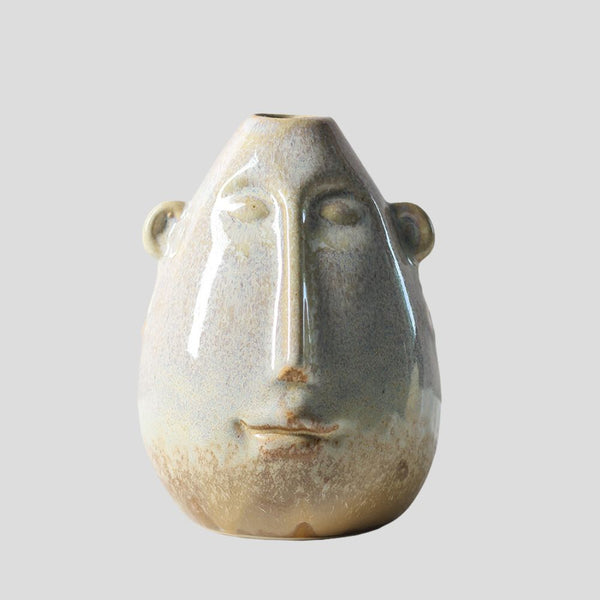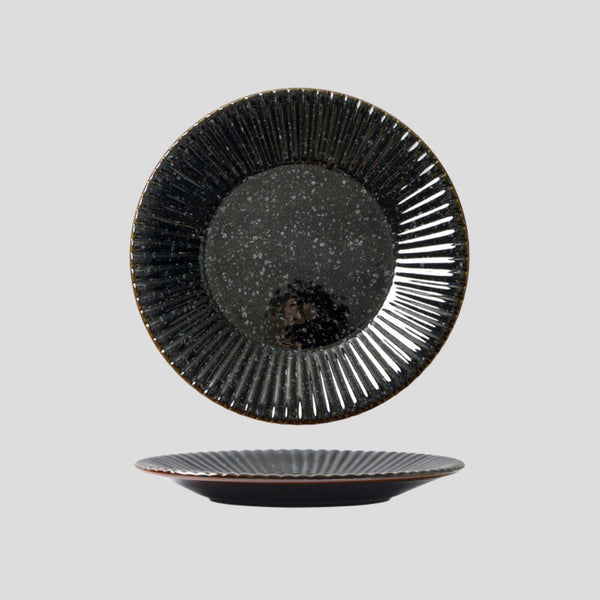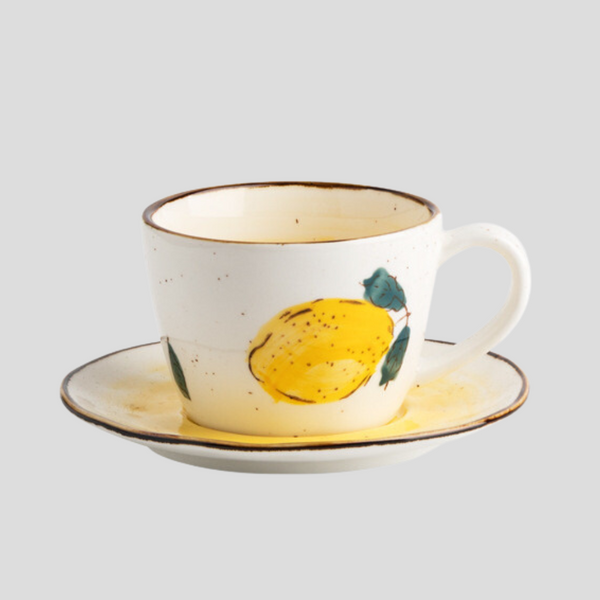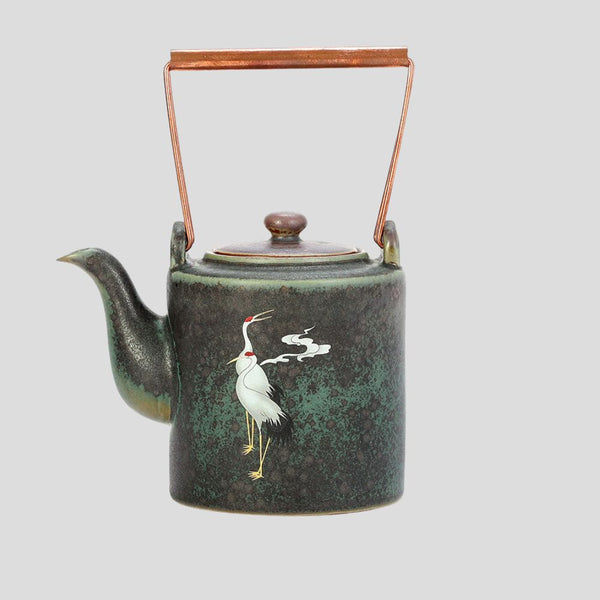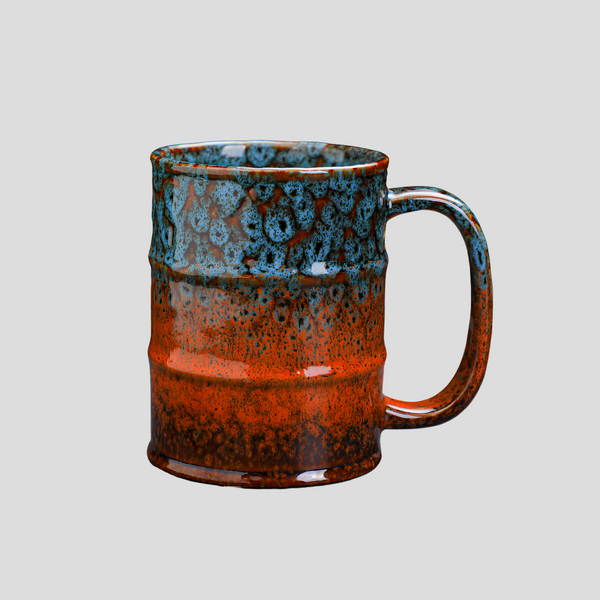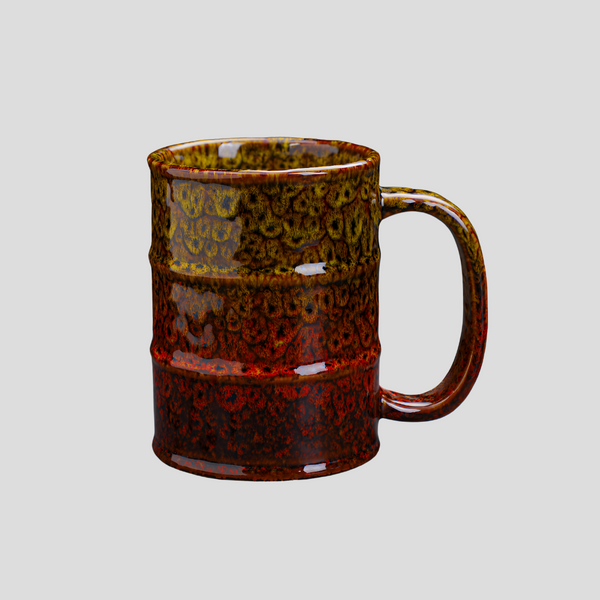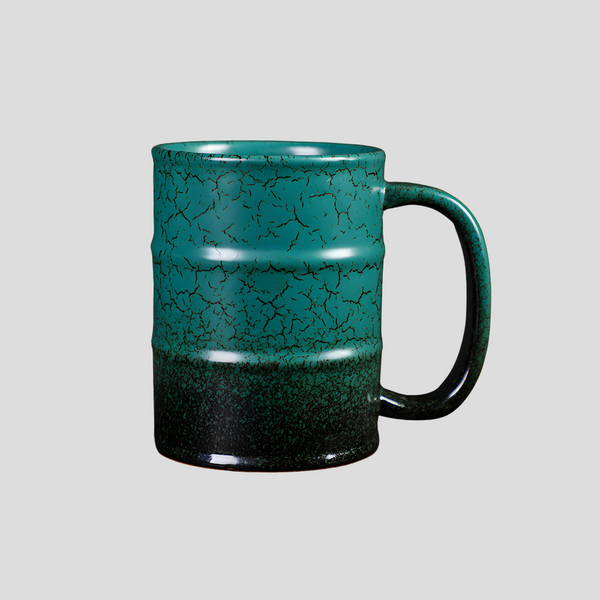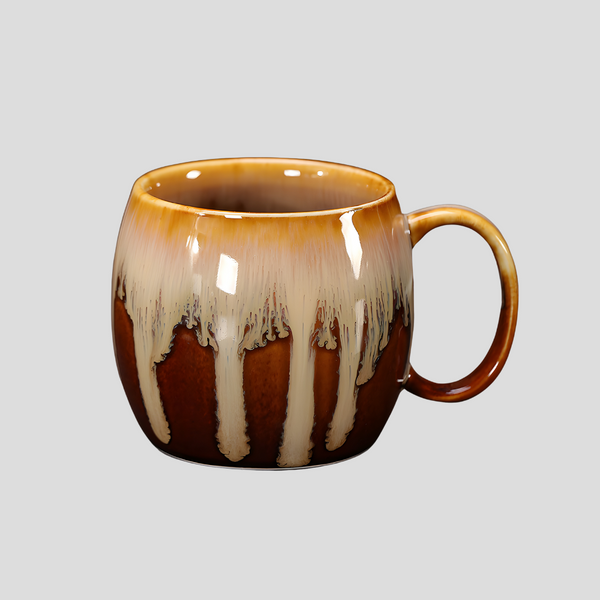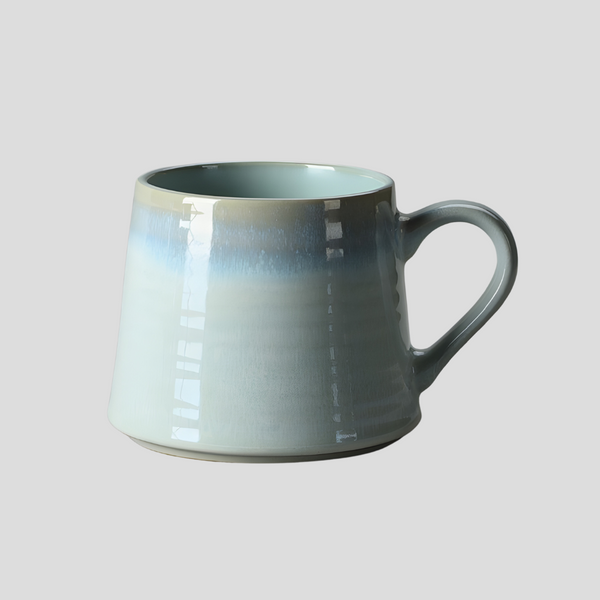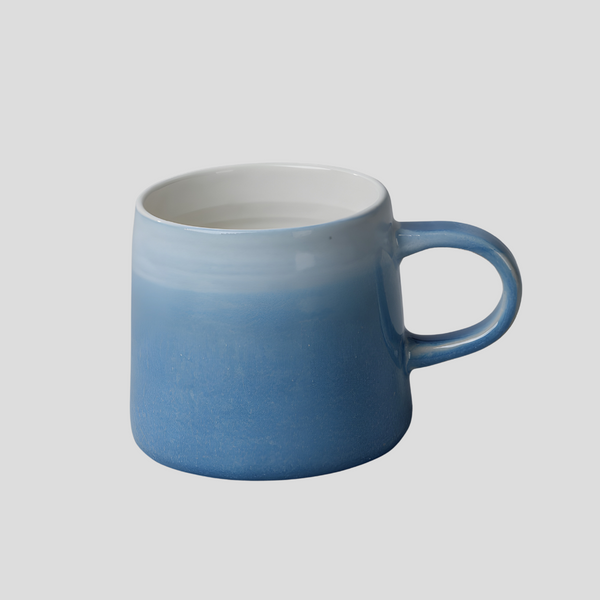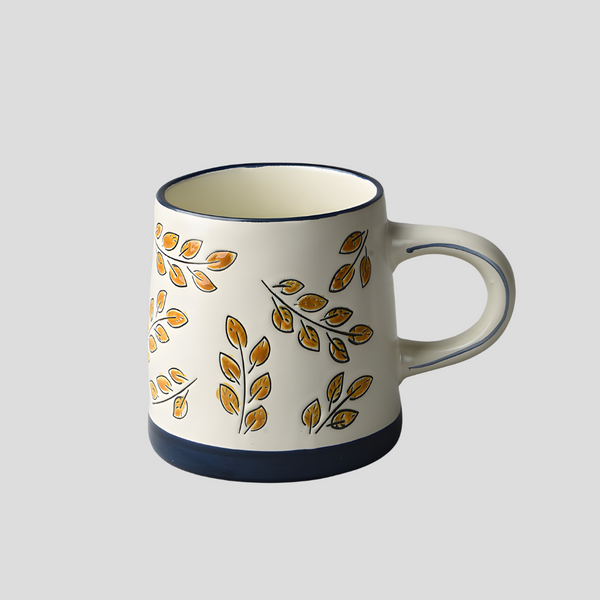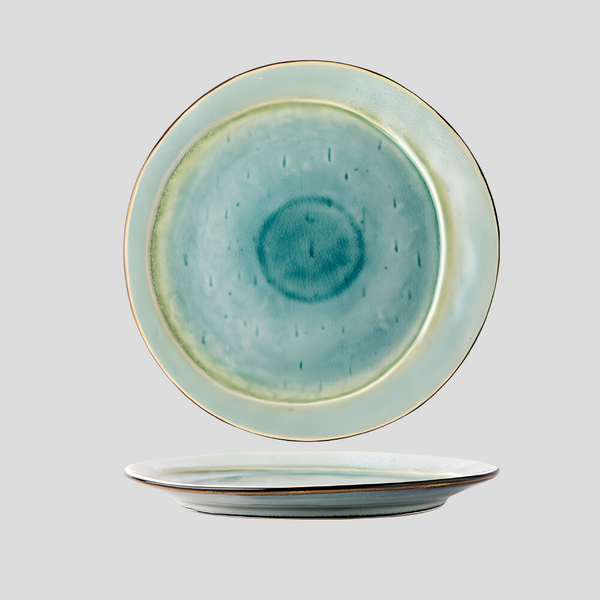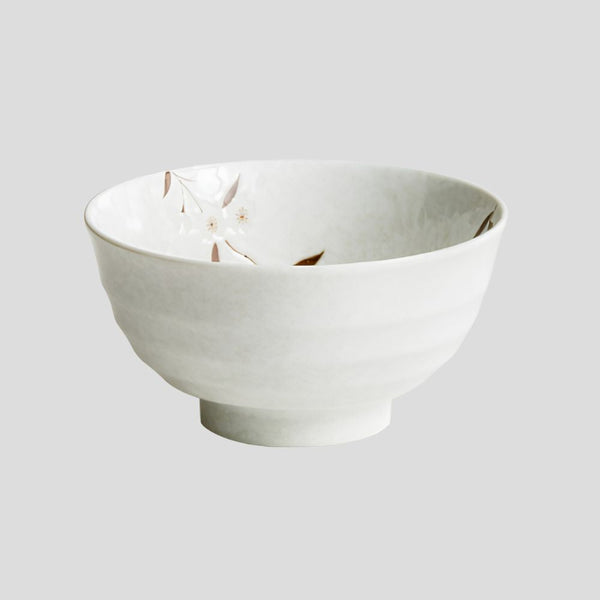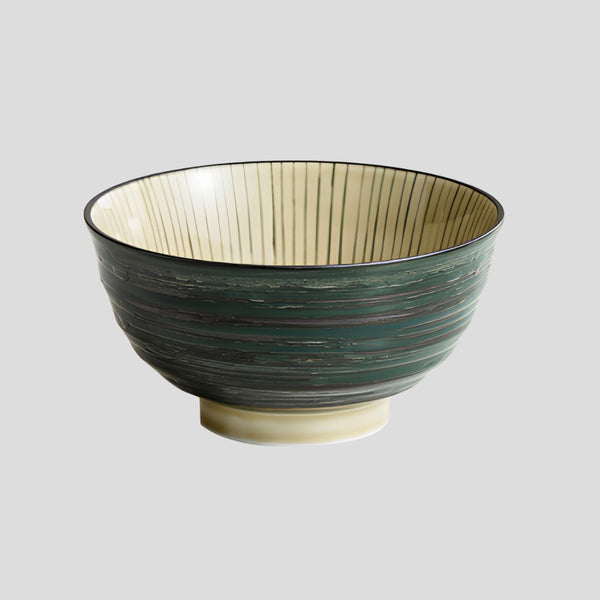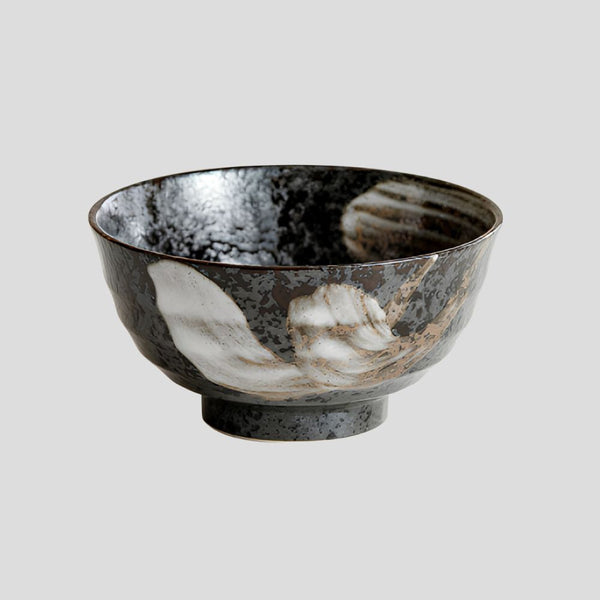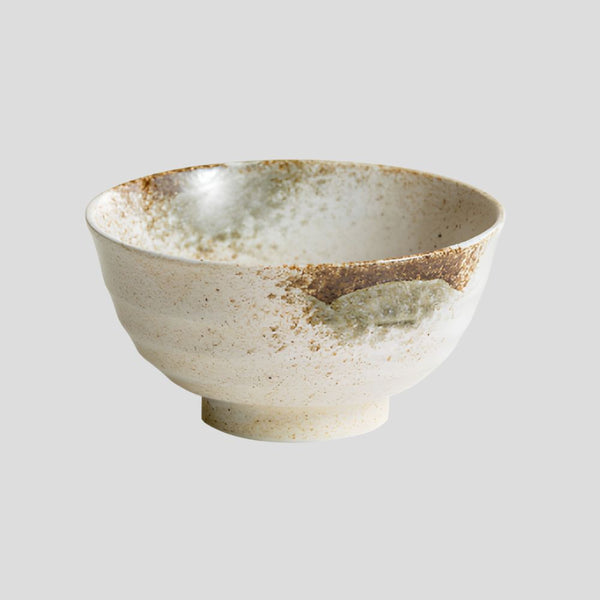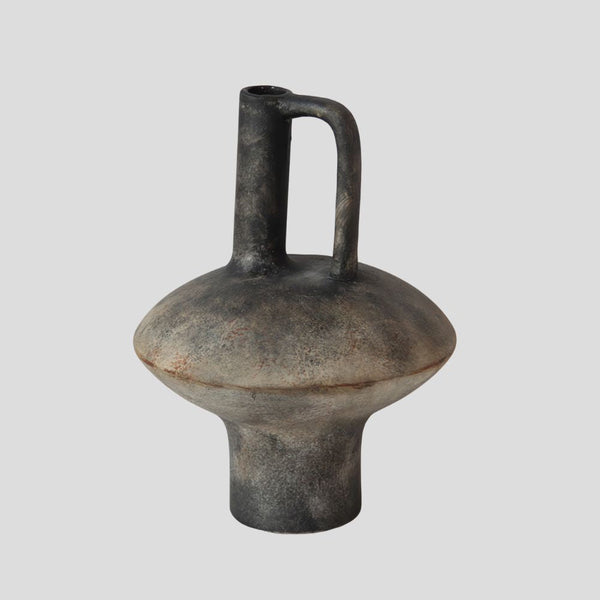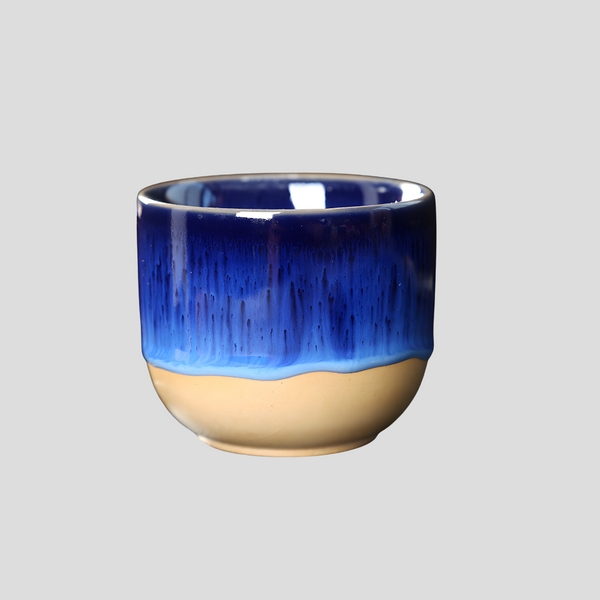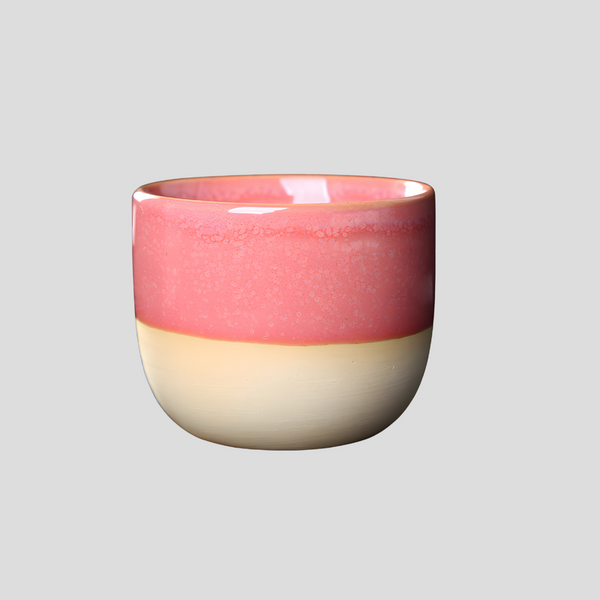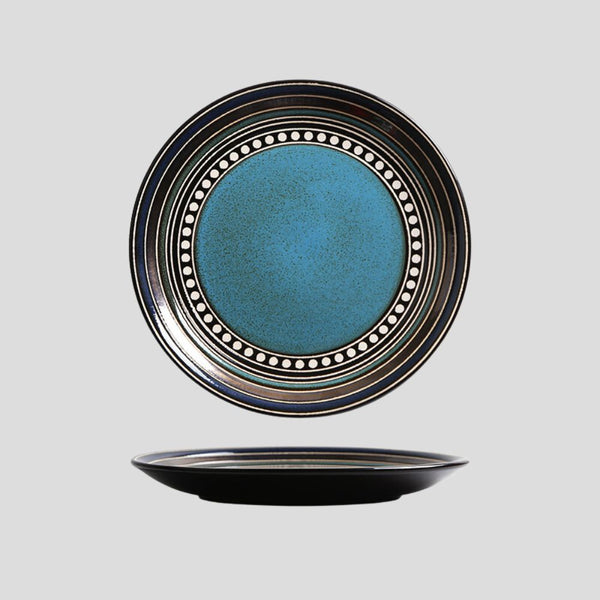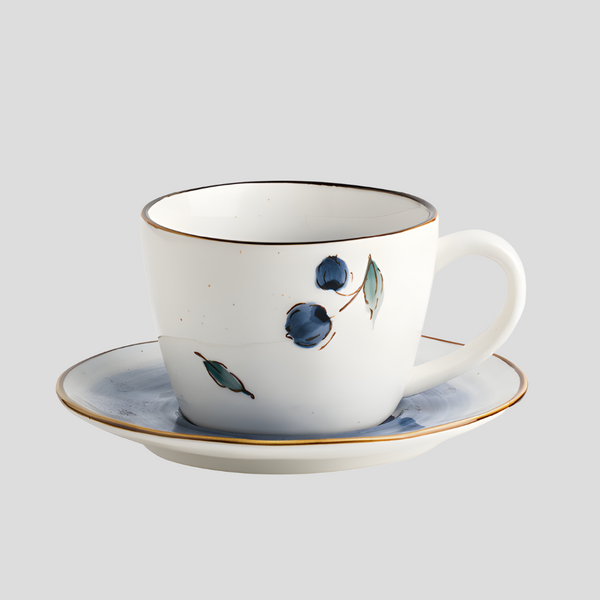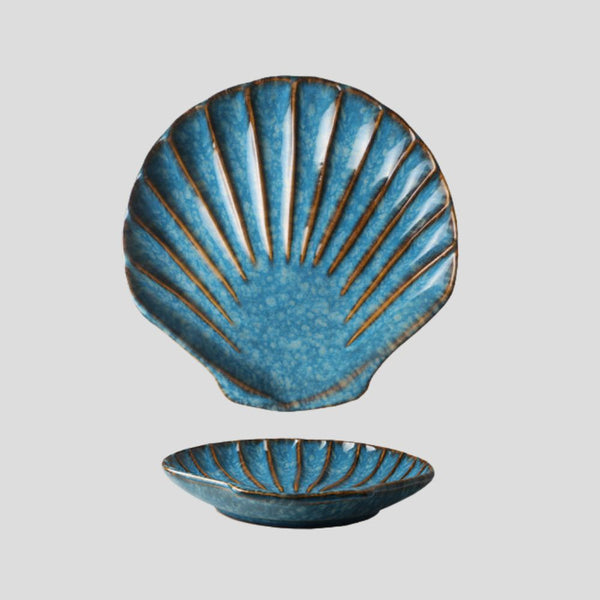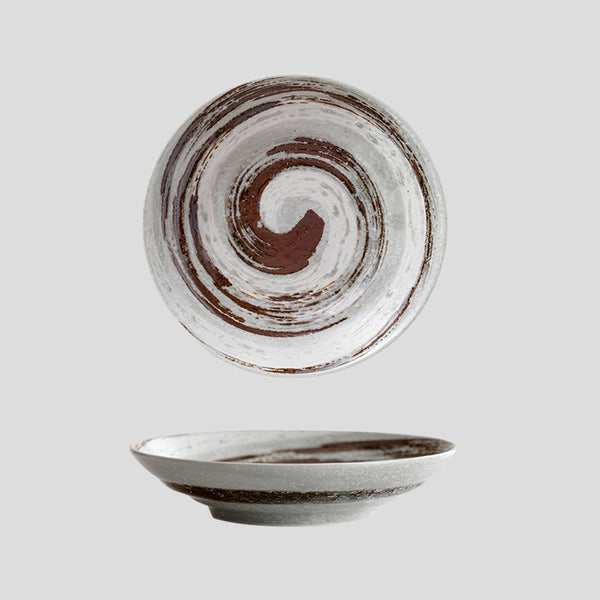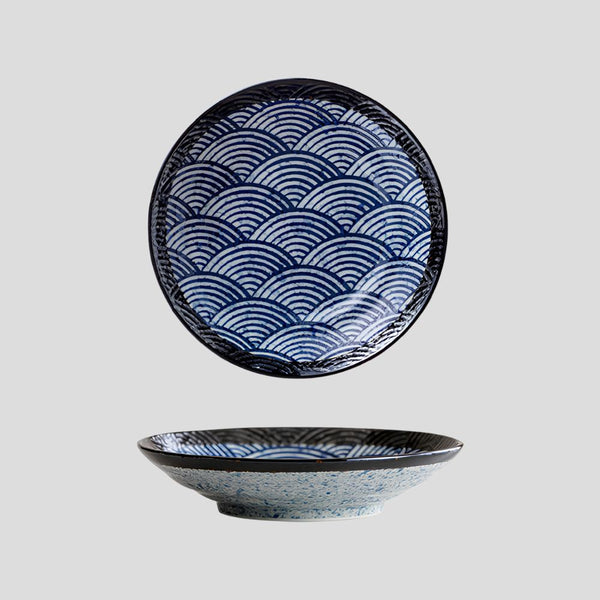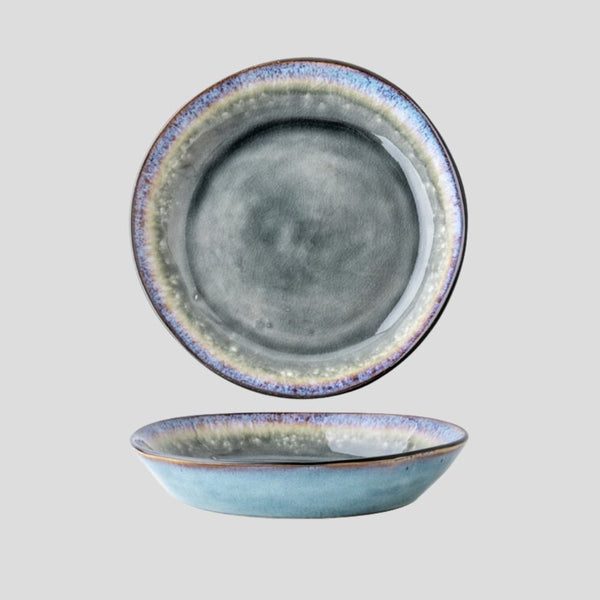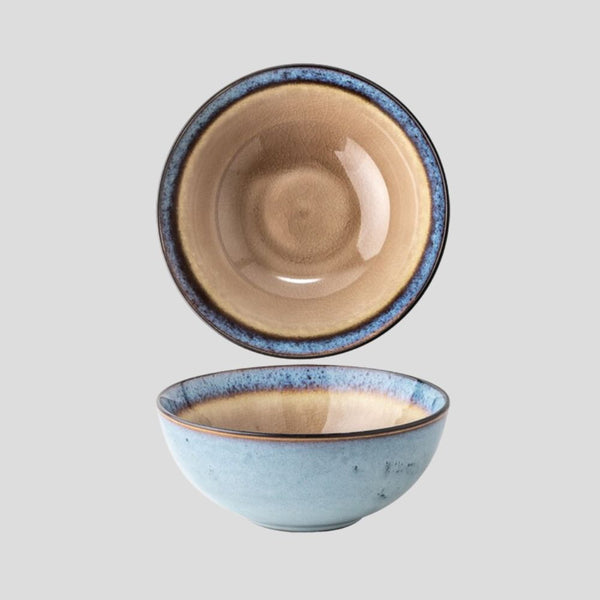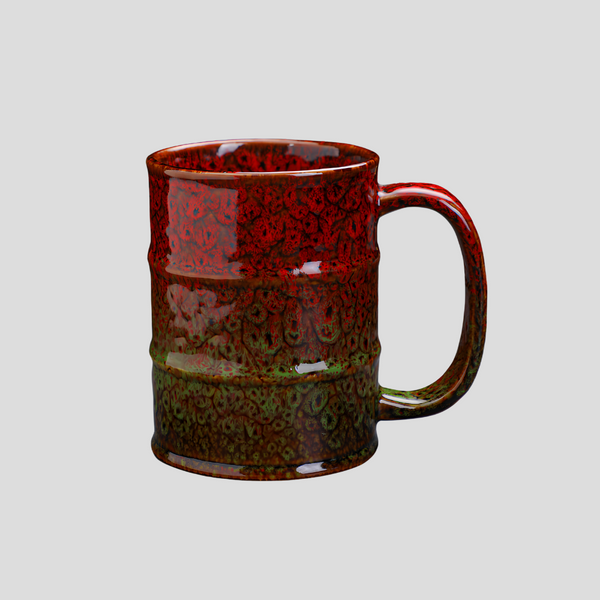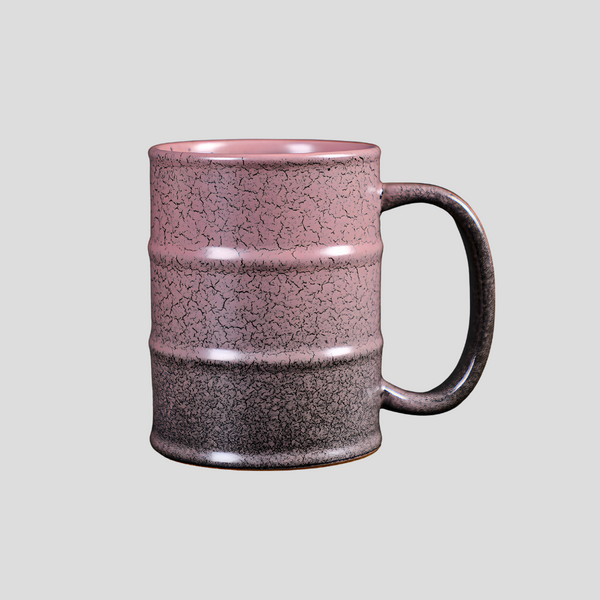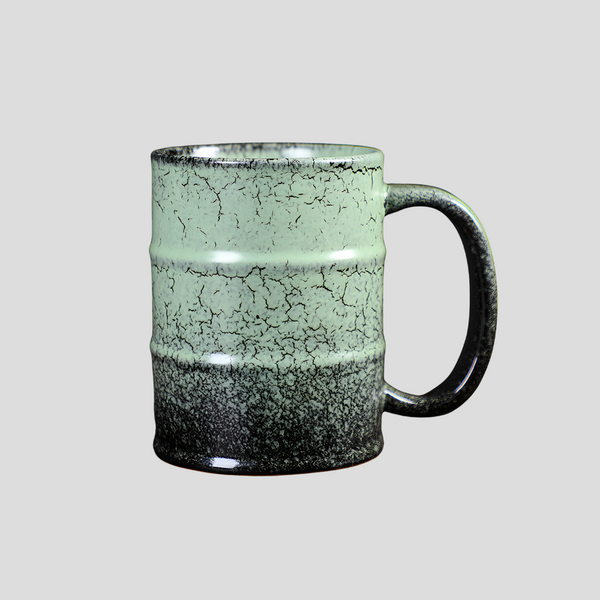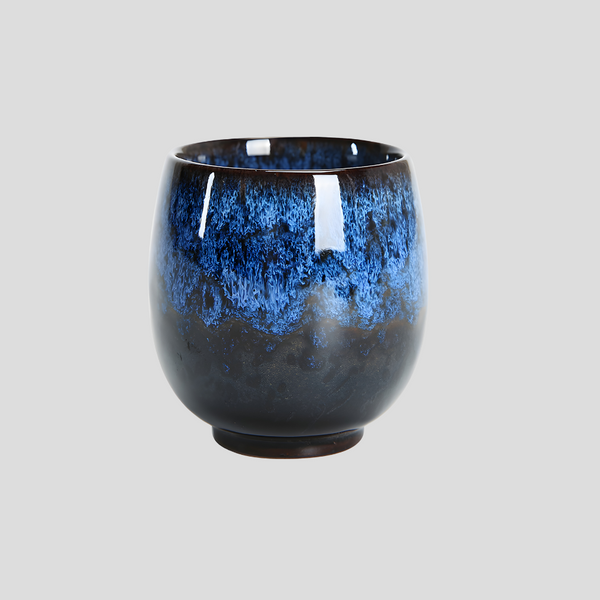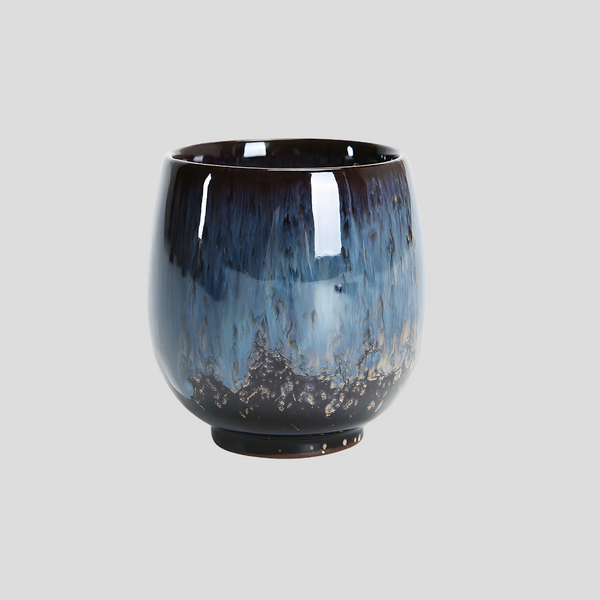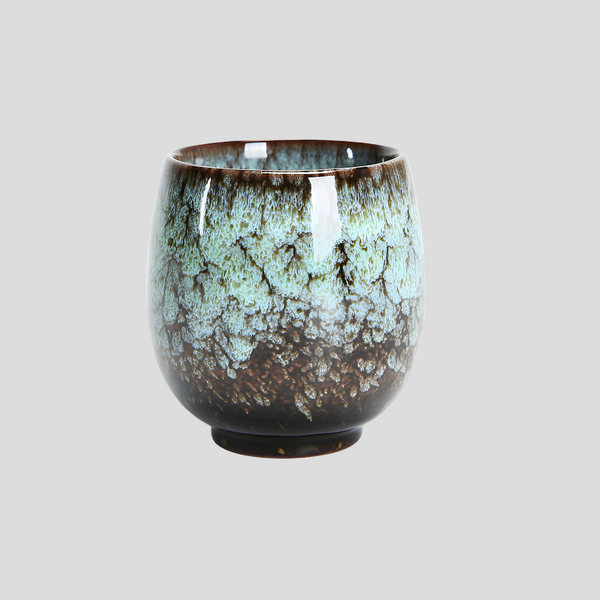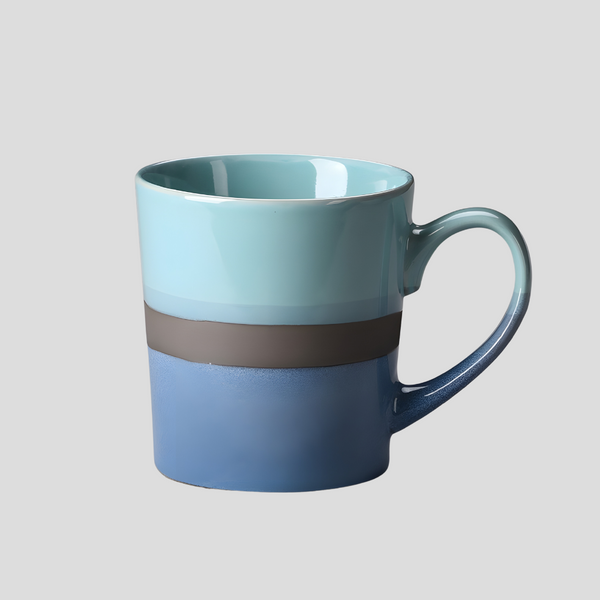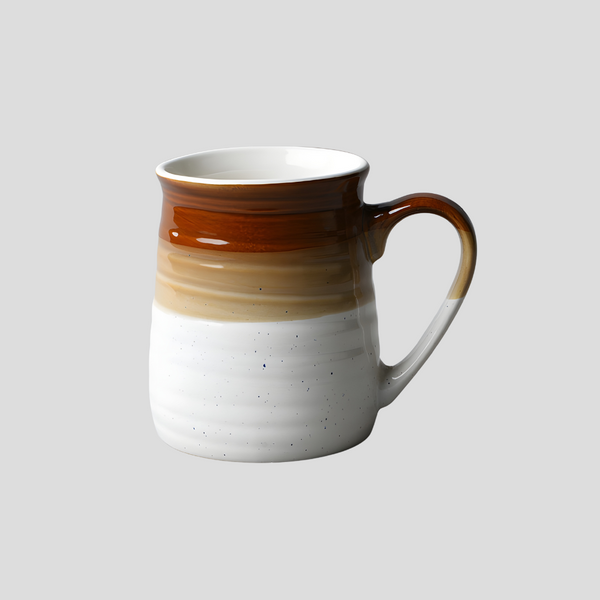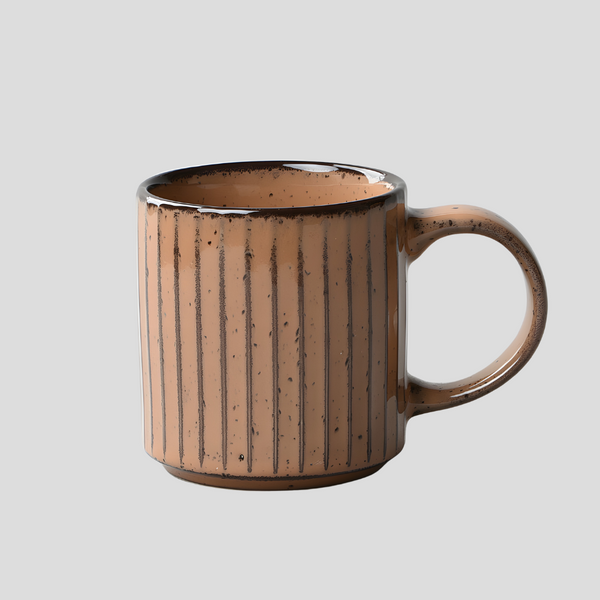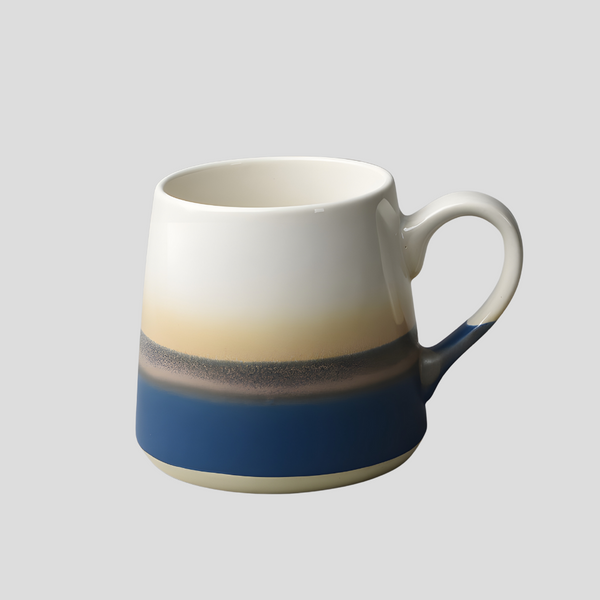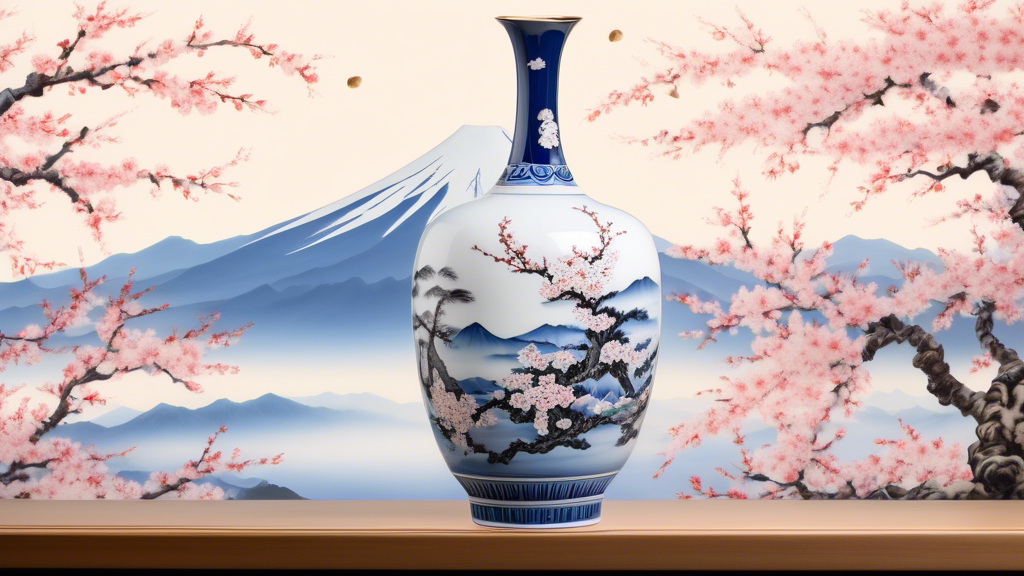
Arita Porcelain: Japan's Finest Ceramic Art
Arita porcelain is often celebrated as a pinnacle of Japanese ceramic art, an exquisite product of refined craftsmanship and a long-standing tradition. Hailing from the town of Arita in Saga Prefecture on Japan's southern island of Kyushu, this porcelain has been winning the hearts of art connoisseurs and collectors around the globe for centuries. Its journey from a remote corner of Japan to the illustrious salons and collections worldwide is a testament to the universal appeal and enduring quality of Arita porcelain.
The story of Arita porcelain begins in the early 17th century with the discovery of kaolin clay in the Arita region - the essential ingredient for making porcelain. This discovery, coupled with influences from Korea and China, spearheaded the development of porcelain-making in Japan. Over the years, Arita artisans honed their skills, eventually producing pieces that were in high demand not only in Japan but also in Europe, where Arita porcelain was often referred to as Imari porcelain after the port from which it was shipped.
Arita porcelain is highly esteemed for its quality and beauty. One of its hallmark characteristics is the extreme whiteness of the porcelain body, a stark canvas that provides the perfect backdrop for intricate decorations. Arita pieces are known for their diverse array of styles, ranging from the cobalt blue underglazes of the early days to the vibrant polychrome enamels that came later. The motifs depicted are equally varied, encompassing traditional Japanese themes, Chinese-inspired landscapes, and even European elements, reflecting the global interaction of the Edo period.
The creation of Arita porcelain is a labor-intensive process that involves numerous steps, from the careful selection and preparation of the clay to the intricate process of underglaze and overglaze decoration. Arita artisans have been passing down their knowledge and techniques through generations, ensuring the art form's continuity. At the same time, contemporary artists in Arita are innovating, blending traditional techniques with modern designs, and exploring new themes to keep the tradition alive and relevant.
Today, Arita porcelain continues to be highly valued for both its artistic merit and functionality. The town of Arita has embraced its legacy as a porcelain powerhouse, hosting annual ceramics markets and maintaining museums dedicated to the history and art of porcelain making. These institutions not only celebrate the past but also showcase the work of contemporary artists who are pushing the boundaries of Arita porcelain. As a result, Arita remains at the forefront of ceramic art, bridging the gap between traditional craftsmanship and contemporary design aesthetics.
Arita porcelain represents more than just the technical proficiency and aesthetic sensibilities of its creators; it embodies a fluid dialogue between the past and present, East and West. This enduring art form, originating from a small town in Japan, communicates a universal language of beauty and craftsmanship that continues to captivate and inspire. As Arita porcelain adapts to the changing tastes and technologies of the modern world, it holds a cherished place in the realm of fine ceramics, symbolizing the perpetual appeal of traditional art forms in our contemporary lives.
Arita Porcelain: Japan's Finest Ceramic Art
The Origins and Evolution of Arita Porcelain
The Characteristics of Arita Porcelain
Traditional Techniques and Modern Innovations
Arita Porcelain Today
Conclusion
